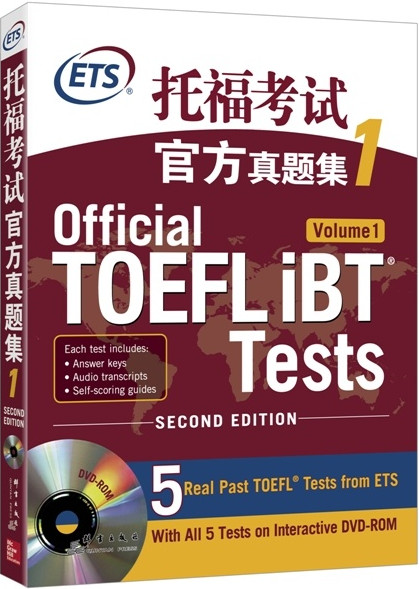�и���x���}���\��ʮ��
�и���x���}���\��ʮ��
����One area of paleoanthropological study involves the eating and dietary habits of hominids,erect bipedal primates �� including early humans. It is clear that at some stage of history, humans began to carry their food to central places, called home bases, where it was shared and consumed with the young and other adults. The use of home bases is a fundamental component of human social behavior; the common meal served at a common hearth is a powerful symbol, a mark of social unity. Home base behavior does not occur among nonhuman primates and is rare among mammals. It is unclear when humans began to use home bases, what kind of communications and social relations were involved, and what the ecological and food-choice contexts of the shift were.Work on early tools, surveys of paleoanthropological sites, development and testing of broad ecological theories, and advances in comparative primatology are contributing to knowledge about this central chapter in human prehistory.
����One innovative approach to these issues involves studying damage and wear on stone tools.Researchers make tools that replicate excavated specimens as closely as possible and then try to use them as the originals might have been used, in woodcutting, hunting, or cultivation.Depending on how the tool is used, characteristic chippage patterns and microscopically distinguishable polishes develop near the edges. The first application of this method of analysis to stone tools that are 1.5 million to 2 million years old indicates that, from the start, an important function of early stonetools was to extract highly nutritious food �� meat and marrow �� from large animal carcasses. Fossil bones with cut marks caused by stone tools have been discovered lying in the same 2-million-year-old layers that yielded the oldest such tools and the oldest hominid specimens (including humans) with larger than ape-sized brains. This discovery increases scientists' certainty about when human ancestors began to eat more meat than present-day nonhuman primates. But several questions remain unanswered: how frequently meat eating occurred; what the social implications of meat eating were; and whether the increased use of meat coincides with the beginnings of the use of home bases.
����1. The passage mainly discusses which of the following aspects of hominid behavior?
����(A) Changes in eating and dietary practices
����(B) The creation of stone hunting tools
����(C) Social interactions at home bases
����(D) Methods of extracting nutritious food from carcasses
����2. According to the passage , bringing a meal to a location to be shared by many individuals is
����(A) an activity typical of nonhuman primates
����(B) a common practice among animals that eat meat
����(C) an indication of social unity
����(D) a behavior that encourages better dietary habits
����3. The word "consumed" in line 4 is closest in meaning to
����(A) prepared
����(B) stored
����(C) distributed
����(D) eaten
����4. According to paragraph 2, researchers make copies of old stone tools in order to
����(A) protect the old tools from being worn out
����(B) display examples of the old tools in museums
����(C) test theories about how old tools were used
����(D) learn how to improve the design of modern tools
����5. In paragraph 2, the author mentions all of the following as examples of ways in which early
����stone tools were used EXCEPT to
����(A) build home bases
����(B) obtain food
����(C) make weapons
����(D) shape wood
����6. The word "innovative" in line 13 is closest in meaning to
����(A) good
����(B) new
����(C) simple
����(D) costly
����7. The word "them" in line 15 refers to
����(A) issues
����(B) researchers
����(C) tools
����(D) specimens
����8. The author mentions "characteristic chippage patterns" in line 16 as an example of
����(A) decorations cut into wooden objects
����(B) differences among tools made of various substances
����(C) impressions left on prehistoric animal bones
����(D) indications of wear on stone tools
����9. The word "extract" in line 19 is closest in meaning to
����(A) identify
����(B) remove
����(C) destroy
����(D) compare
����10. The word "whether" in line 26 is closest in meaning to
����(A) if
����(B) how
����(C) why
����(D) when
���������𰸣� ACDCA BCDBA
- 01-21·�и���x���}���\��ʮ����
- 01-21·�и���x���}���\��ʮһ��
- 01-19·�и���x���}���\���ţ�
- 01-18·�и���x���}���\���ˣ�
- 01-14·2019��1��13���и���x���}�ؑ�������
�����]
- ģ�Mԇ�}
- �v�����}





